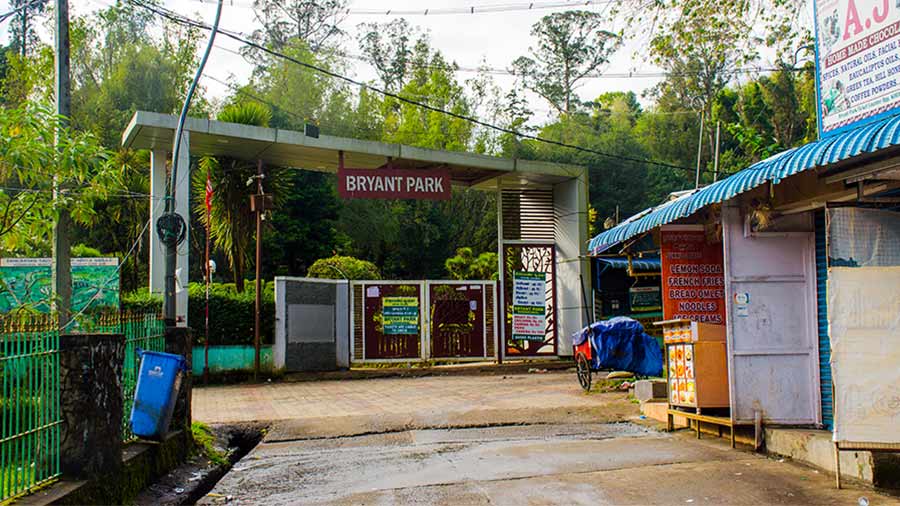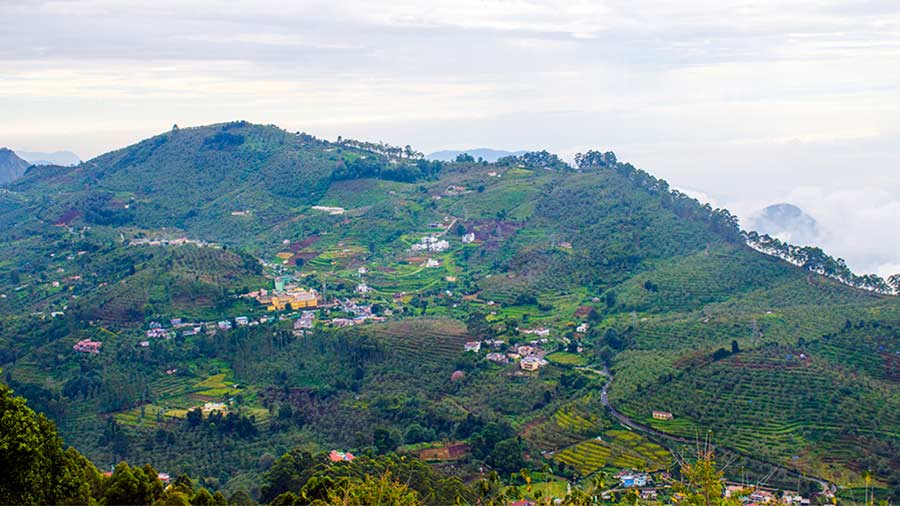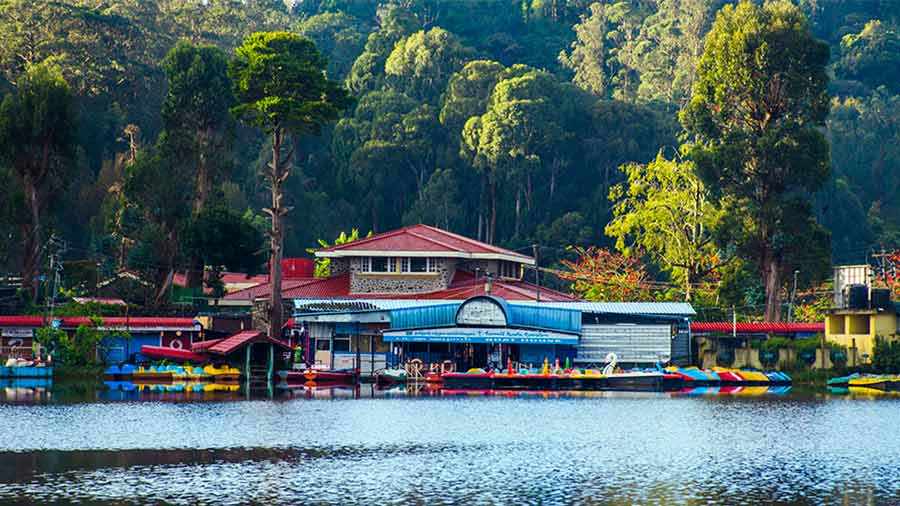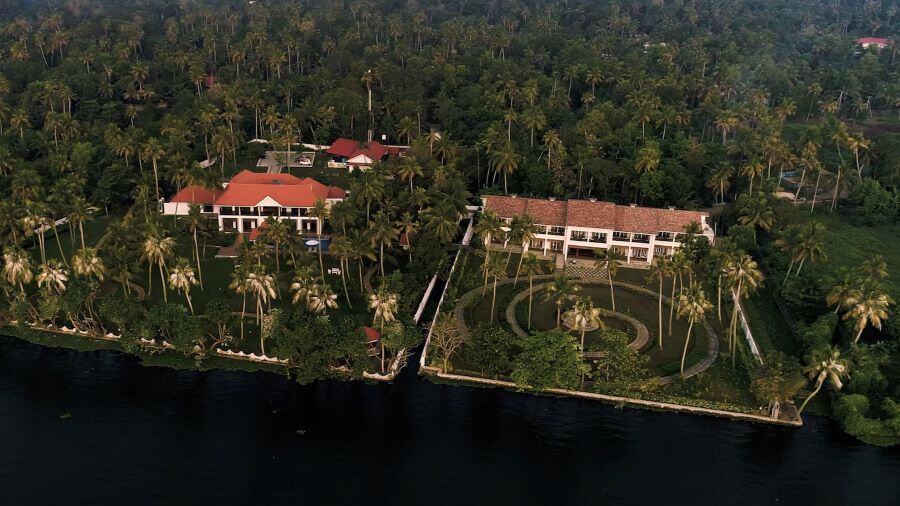Kodaikanal, the name literally translating to ‘The Gift of the Forest’, is a popular hill station in Tamil Nadu. This tourist hotspot was established as a hill station by a group of American Missionaries in 1845 and has since attracted a steady flow of visitors from all over India, thanks to the picturesque scenery and year-round pleasant climate.
Kodai, as it is popularly called, has been a blessing to inhabitants of the region, providing a refuge from the sweltering summer heat of the south Indian plains. It is also lovingly called the ‘Princess of Hill Stations’.
Nowadays, the tourist hustle and bustle in Kodaikanal is centred around a man-made lake from 1863. Created by Sir Vere Henry Levinge, the then-collector of Madurai, the Kodaikanal Lake has been the hub of all tourist activities in recent times. The lake is surrounded by lush green hills dotted with hotels and resorts. The reflection of the green hills on the blue waters of the lake creates a breathtaking sight.

Resorts and hotels along the lake
There are a variety of activities for tourists to engage in. Boathouses at the edge of the lake offer rides on paddle boats and row boats. There are bicycles and tandem cycles for rent, and tourists can unwind as they cycle around the lake and feel the cool breeze brush against their skin.

Tourists enjoy cycle rides along the lake
People who prefer other options to soak in the magnificent views can always opt for a pony ride. If all the activities and the fresh air make the tummy rumble in hunger, there are stalls selling home-made chocolates. Tourists can also get their hands on locally grown spices here. For lovers of history, there is a memorial dedicated to Sir Vere Henry Levinge on the northern side of this star-shaped lake.

A memorial to Sir Vere Henry Levinge the northern side of the lake
The list of ‘to-dos’ and ‘to-visits’ doesn’t end here. On the southeast corner of the lake lies the exquisitely landscaped Bryant Park, known for its wide array of flowers, hybrids and grafts.

Entrance of Bryant Park
Just behind the park is the Coaker’s Walk. It is a pedestrian pathway named after Lt Coaker, who built the pathway in 1872. Coaker’s Walk offers a great view of the rolling green hills that extend all the way down to the valley below. There is even a telescope house offering a closer view of the landmarks in the area. The northern part of the Coaker’s Walk meets the main road next to the Christ the King Church.

A view of rolling green hills from Coaker’s walk
An early morning walk around the lake is the best way to enjoy the scenic landscape and avoid the hullabaloo of the tourists that the later hours bring in. One can meander past the boating clubs and chocolate stalls, which are yet to open their shutters in the early hours. The pathway along the lake passes by abandoned boathouses, and one is also likely to spot aquatic birds swimming in the placid waters of the lake. Local fishermen casting their nets from makeshift boats are also a regular sight in the early mornings.
Rangan Datta is a mathematics and management teacher by profession and a travel writer and photographer by passion. He has been addicted to discovering off-beat places since his undergraduate days at St. Xavier's College. Blogging and contributing to Wikipedia are his other passions.


